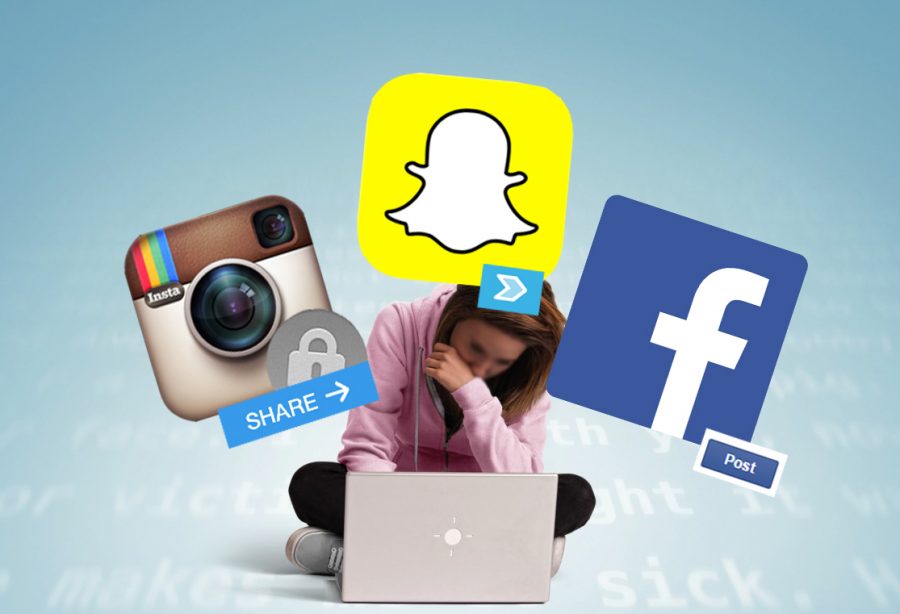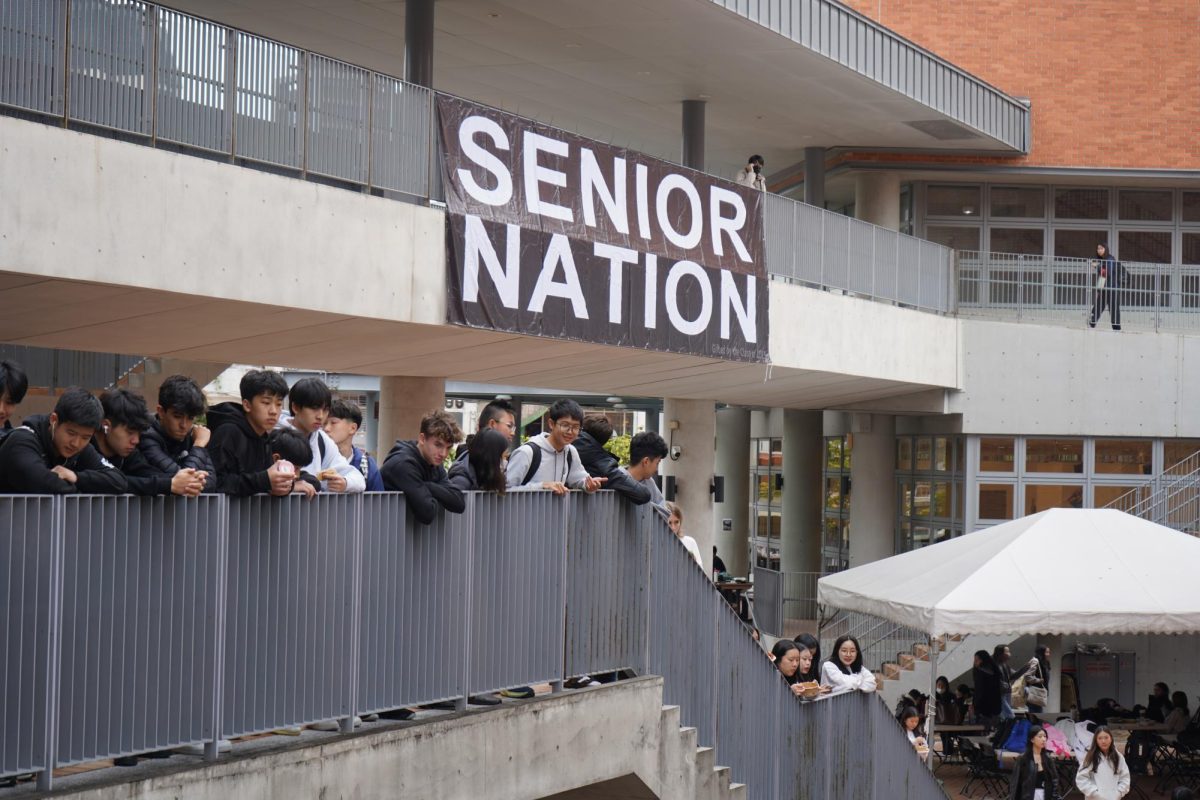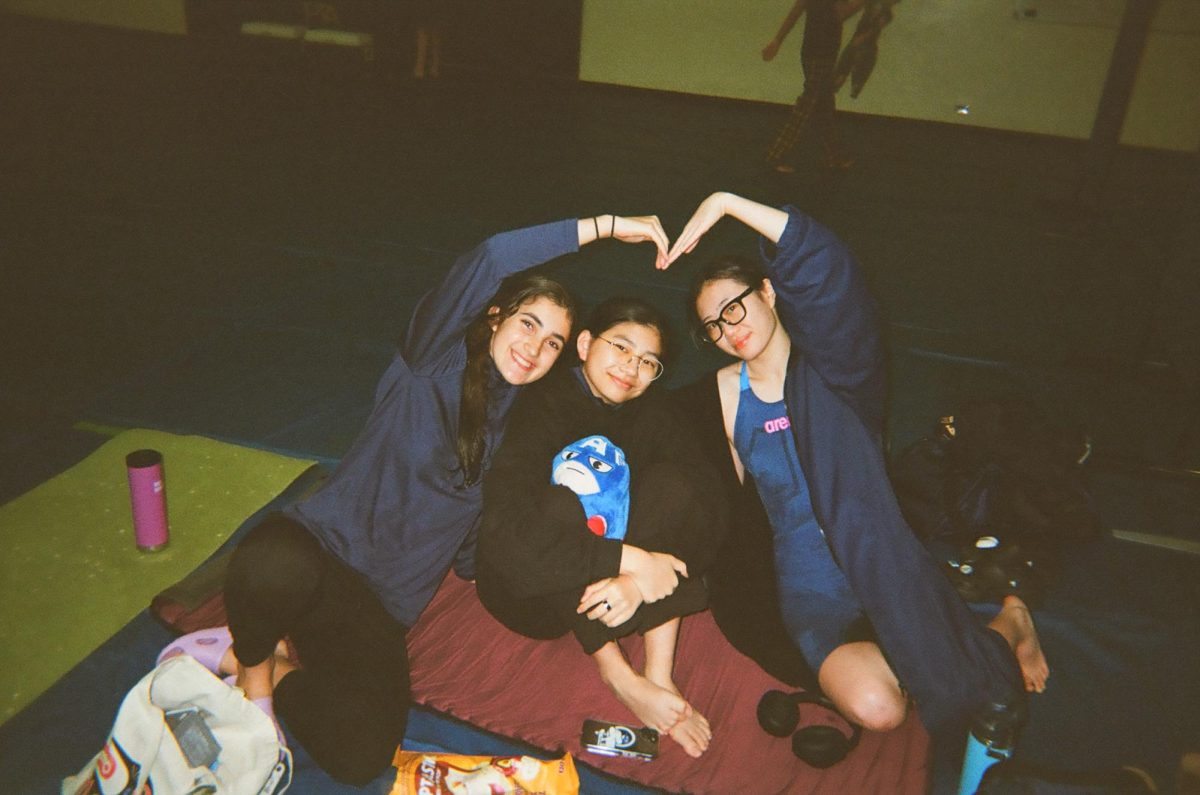Cyberbullying is a familiar concept to most TAS students. Our principals have previously addressed issues regarding anonymous messages on fairly popular social media site Ask.fm. In fact, the school actually blocked Ask.fm two years ago because of cases of cyberbullying at TAS through the site.
Implementing such a measure to deny students access to the site signified the degree of the issue and still raises questions about our community. There is a common assumption that social media sites which have anonymous functions cannot avoid online harassment or hate, because the option to harass or hate sits so comfortably in the hands of just about anyone. But why is it that our students give in to the modern phenomenon of bullying online? Is it so hard to come across a well-intentioned website and use it without abusing its functions to spread hate?
The increase in use of computers and cell phones contributes to the culture of communicating through the Internet. Over 80% of teens use a cell phone regularly, making it the most popular form of technology (The Cyberbullying Research Center). It has never been so easy to talk to another person through technology, and the amount of social media platforms is endless. In Taiwan, internet users are most active on Facebook (41%), LINE (33%), Facebook Messenger (25%), and GooglePlus (17%) (Statista – Taiwan social network penetration). Sending messages to friends and family members is instantaneous. The invention of sites with anonymity such as Ask.fm, Formspring, or Tumblr not only allows the same quick-paced messaging but without an attachment to user identity. Rishita G. (12) said, “I visited some Ask.fm accounts that were attacked, and I couldn’t believe what I saw. TAS promotes our values and the sense of community we belong to, but reading those things didn’t show any of that. The sense of anonymity gives bullies the thrill of hating without having to deal with the responsibilities.”
The answer to my previous question is: it’s easy. It’s easy, fast, and appealing to hide behind a screen. 81% of youth agree that bullying online is easier to get away with than bullying in person (Teen Online & Wireless Safety Survey: Cyberbullying, Sexting and Parental Controls). Even sites that do not allow anonymity usually only require a fairly short process to create an account, or a fake account. Aside from Ask.fm, students at our school have struggled with online integrity through fake or private accounts, popularly on Facebook or Instagram. Upper school counselor Ms. Han said, “Often times, people use the Internet to go behind somebody’s back since it’s so quick and easy. But you need to learn to handle those conflicts in person—those social skills are so essential but people find it hard since a big portion of interactions and communications happens via the Internet these days.”
The most common reasons for why cyberbullies said they engaged in cyberbullying is “to get back at someone” or because “they deserved it”(Teen Online & Wireless Safety Survey: Cyberbullying, Sexting and Parental Controls). Students sometimes use private accounts on social media to post hurtful or embarrassing images or captions about others. By limiting their immediate audiences or maybe by being passive aggressive, the students feel as though what they say or do on the account is private to just their friends. However, by word of mouth or through screenshots and sharing, often times insensitive posts widen their reach and easily do get to their targets. In simpler words, let’s just say doing this isn’t exactly “private.”
Perhaps, a larger issue is that many times other students will see what a cyberbully has posted yet will not even speak out about it. Ashley Y. (12) said, “A lot of times, no one stands up for each other because everyone wants to avoid drama. We say we feel bad but no one cares enough to actually do anything.” 95% of social media-using teens who have witnessed cruel behavior on social networking sites say they have seen others ignoring the mean behavior; 55% witness this frequently (PEW Internet Research Center, FOSI, Cable in the Classroom, 2011). Ms. Han experienced this firsthand in lower school. She said, “I was bullied by one of my classmates in 5th grade, and I remember feeling even more hurt by my friends than the actual bully because they did not stand up for me—they just remained silent.”
What’s harder to hear is that 66% of teens who have witnessed online cruelty have also witnessed others joining, and 21% say they have also joined in the harassment (PEW Internet Research Center, FOSI, Cable in the Classroom, 2011). The online element to this type of harassment gives not only a somewhat secretive aspect, but also allows others to easily join in by “liking” posts or commenting similarly hurtful comments—quickly multiplying the amount of emotional damage it could cause to the victim.
There is a skewed perception of what “cyberbullying” is, because the way it is portrayed to us as students shows cyberbullying as an extreme. I’ve watched tacky instructional anti-bullying videos where the ENTER button is dramatically pressed as a person sends a hateful message. Similarly, anti-bullying movies such as Cyberbully (starring Emily Osment) follow dramatic storylines where the girl reads statues that openly bash her and spread rumors. I’m not saying that this kind of bullying doesn’t exist, but the point is that’s not what it takes to be a cyberbully. Really, if you ever post something that either pretends to be someone else, or is hurtful to someone else, news flash: that’s bullying. Just because you’re not going onto someone’s wall and writing, “I hate you, you suck.” doesn’t mean you don’t qualify as a cyberbully.




![[PHOTO COURTESY OF PIXABAY]](https://blueandgoldonline.org/wp-content/uploads/2025/03/white-18227_1280-1200x803.jpg)

![[PHOTO COURTESY OF PIXABAY]](https://blueandgoldonline.org/wp-content/uploads/2025/03/fire-6706674_1280-1200x800.jpg)
